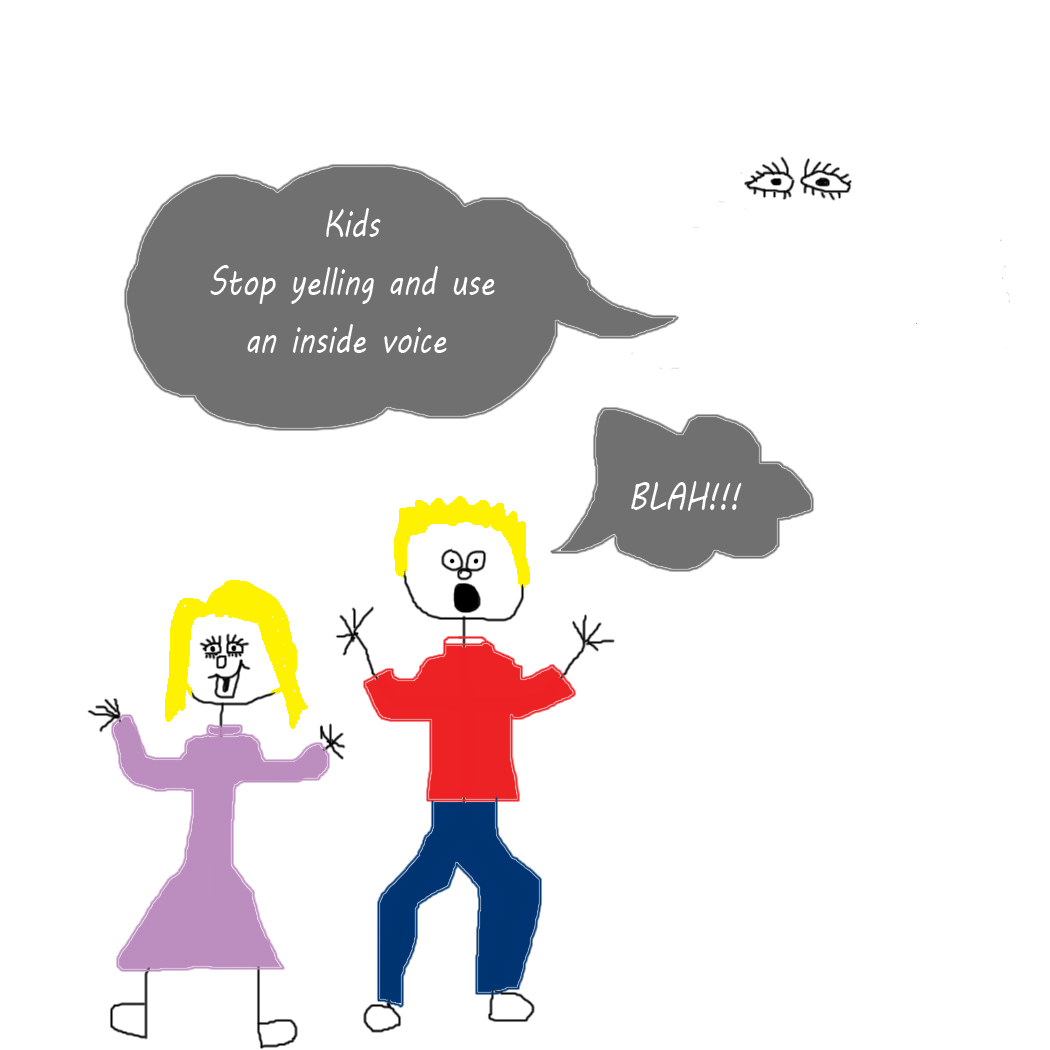One question I quite frequently get in my practice as a speech-language pathologist is how to deal with vocal hoarseness or raspiness — is there vocal hoarseness speech therapy? Getting a “raspy voice” is incredibly common in both children and adults. I’m sure the reader has experienced this multiple times in his or her life. At times vocal hoarseness or raspiness is temporary and something you can easily attribute to excess shouting at say a sporting event or a viral infection; in other cases, the cause is mysterious. Also, sometimes the hoarseness and raspiness can be temporary and responsive to the vocal hygiene strategies discussed below. In other cases, the hoarseness or raspiness is chronic and in need of attention from an experienced speech-language pathologist with knowledge of voice disorders and/or an ear-nose-throat (ENT) doctor. This post is intended to give you a sense of how you would potentially manage such vocal hoarseness or raspiness.
Say What? Voice Disorders in Kids
Language Development Speech Therapist Speech Therapy TechniquesHow Parents, SLPs, and Voice Coaches can Help by Teaching Vocal Hygiene

Image Courtesy of thesecondset.com
Maybe you’ve told your kids to wash behind their ears, but have you ever considered their vocal hygiene? Maybe it is time to start, especially if you’re concerned they might have a voice disorder, or dysphonia. While they are some of the rarer forms of vocal and speech problems, voice disorders affect an estimated 1 million children in the United States. Most of these children develop voice disorders due to unhealthy communication practices, such as yelling and straining the vocal cords. While vocal hygiene plays a part in many voice disorders, there are other causes that need to be evaluated by healthcare professionals.
- Laryngitis (the most common type, caused by what some might consider vocal abuse)
- Vocal cord paralysis
- Contact ulcers and sores
- Tumors on the vocal cords, voice box, and within the air passages
- Vocal fold nodules Continue reading

